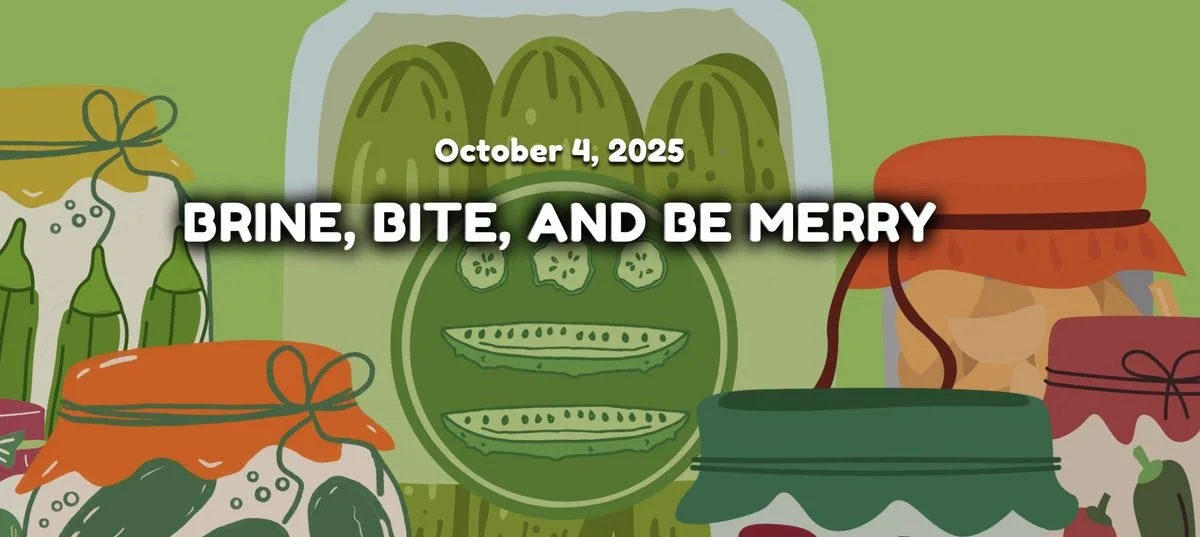Petworth is blooming in the Fall
/Do you ever find yourself walking around our beautiful neighborhood admiring the flowers, but with no clue what it is you’re looking at? Welcome to "Petworth Blooming"... every month we’ll feature some of the most common plants seen around Petworth.
Fall is finally here, with shorter days and cooler nights. Most plants are busy ripening their fruit or starting to wind down, but there are still plenty of flowers to be found around the neighborhood.
Goldenrod mixed in with a purple aster on 4th Street.
Goldenrod is one of the quintessential fall flowers. In the countryside, they fill fallow fields with waves of yellow in the slanting light of fall. In Petworth, they look just as good against the backdrop of a Spanish-style garage. Many people associate goldenrod with allergies, but these plants are pollinated by insects, so their pollen isn’t actually wafting through the air. There are a lot of different species of goldenrod, and many can be bought at garden centers. Both photos here are of the “Fireworks” variety.
Goldenrod on Varnum Street.
Another native fall flower is White Snakeroot. This is most often seen growing wild in alleys or along fence lines, but it works in the garden as well. Don’t let your cows eat it though! It turns their milk toxic and is thought to be the cause of death for Nancy Lincoln, the mother of President Lincoln.
White snakeroot growing along the sidewalk on Webster Street grows easily from seed.
Pentas are also called Egyptian Star Flowers and originate in the Arabian Peninsula and Eastern Africa. The name “pentas” refers to the five points of the flowers (as in pentagon). These low maintenance annuals are sold at most garden centers and come in a variety of colors. They stay low growing and bloom throughout the summer.
Dark magenta pentas in the curb strip of 3rd Street.
The Spider Lily appears in late September after a heavy rainfall, earning it the name Hurricane Lily in the South. The flowers emerge out of nowhere, growing on tall stalks before any of the plant’s leaves emerge. Originally from China and Korea, this plant is propagated as a bulb and can usually be divided every few years.
Spider lilies catching the late afternoon sun on Allison Street.
Pink Smartweed, or Knotweed, is a tenacious little plant that really is quite weedy in its growth habit. Its Latin name polygonum means “many knees” because the stems tend to have kinks or bends, often sending down new roots from each “knee.” You’re most likely to spot this plant growing along fences or other hard to mow areas.
Smartweed growing out of a crack in a driveway off Webster Street
A favorite of British gardening shows, Dahlias are great if you like lots of petals in your flowers. These plants are grown from tubers, and can get a bit messy looking, often requiring staking. Or you can just cut the flowers and enjoy them inside the house. Unfortunately, these Mexican plants can’t quite handle our winters, so the tubers need to be dug up and kept dry in order to survive (or just buy new tubers each spring).
A pink dahlia across the street from Center City Charter School on Webster Street.
Liriope, or Monkey Grass, is a plant you’re liable to see all over the place. This grass-like plant is actually a member of the lily family from East Asia. It’s a slowly spreading ground cover that is easily divided and sprouts short stalks of small purple flowers. Some varieties have dark green leaves well suited as a backdrop to showier plants, while others have brightly variegated leaves.
Variegated liriope in bloom on Varnum Street.
Celosia, or Cockscomb, is part of the amaranth family. These annual plants are easily grown from seed and have a variety of interesting flower shapes and textures. Some form spike or flame shaped clusters, while others are wavier and almost look like the wrinkles of a brain. The plants also vary in height from one to six feet.
Spike-shaped celosia on 5th Street.
Last up this month, a pair of Common Buckeye butterflies enjoying the big-leaf mountain mint in the triangle park at 4th, Buchanan and New Hampshire Avenue.
Common Buckeyes are named for their distinctive spots.
Coming up next month: Fall asters, Japanese anemones…





































